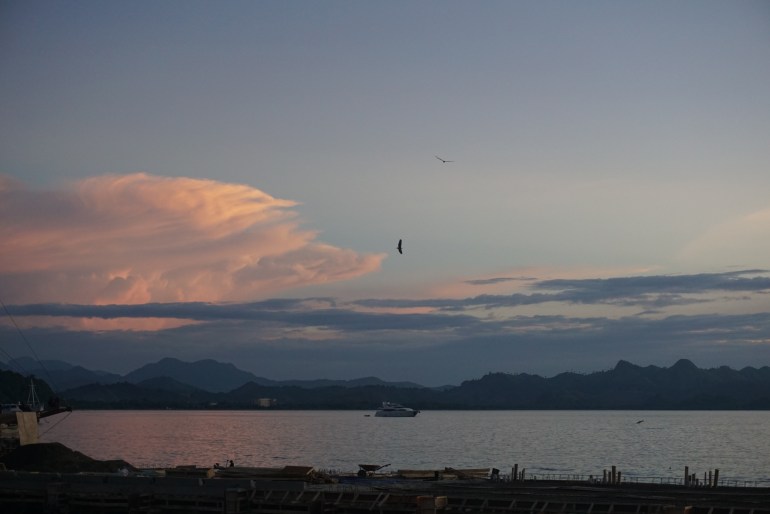There are only two seasons in Klaten, and that is the dry season or the wet season. You’ll find that even during the wet season, you’ll want to take a dip and get out of the Klaten’s sometimes unbearable heat. There are usually two fees, a local entrance fee, and a foreigner entrance fee. The foreigner fee is usually about double what it costs the locals. Don’t get too bent about the price. It’s just the way it is and not really breaking anyone’s pocket in the long-term. You’ll also have better days the sooner you come to terms with this.
Here are three places to keep you cool during your stay:
COKRO:
One of my students (at the time) took me here. It’s basically a water park where the water source comes from a well. There are several sections of this mini water park to break up the fun.
Lazy River: there’s one area (my favorite) where you can rent inflatable tubes and lazy tube around the “river” (it’s more like a hundred meters in length by a five meters in width.). It’s shallow enough to stand in but deep enough for you to relax in.
There are also vendors in this section with blankets set out near the river. For a small fee, they’ll watch your belongings so you can freely enjoy the water park. If you get hungry, they also sell things like iced tea and refreshments, instant noodles, and other local snacks.
Waterslides: Adjacent to the lazy river are a couple of pools with decent sized waterslides. It’s fun coming here and being a kid. Sometimes the water doesn’t run as freely, so you have to give yourself a little nudge to keep going at a faster pace.
Tipping Well and Playground: This area is mostly intended for children, but fun watching them. Next to the kid’s pool is a water playground where kids run around and besides that is a tipping well that kids loved hanging under. It was a well from above that continually has water slowly filling up. Once it fills up, it tipped over gallons and gallons of water onto the kids and then resumes upright to its filling position again.
Entry Fee:
15,000 rp for 1 local + 1 tourist
5,000 rp to watch our bags
5,000 rp per tube rental
PONGKOK:

Pongkok is a cold water spring where the locals swim and snorkel. It consists of a sandy bottom with random treasures such as a random bicycle and many varieties of tropical fish. The spring gets to no deeper than 6 feet, so overall a very safe place to get cold.

You can rent or bring in your own snorkels, and it’s a place where many families come to hang out.
Entry fee: 13,000 rp
ROWO (LAKE) JOMBOR:
Here we have a lake more intentionally used for fishing than for swimming but nonetheless recommended to me by the locals (depending on who you ask). I was never daring enough to challenge myself against the fresh water fish and fisherman, but it’s there as an option!
If you’re not keen on swimming, it’s nice just to walk around and enjoy the views from either above on a hill or listen to some of the music jamming from the waterfront in which I decided to take.
Entry fee: 5,000 rp
Parking fee: 2,000 rp
Food/Drink: 3,000 rp (iced tea) 10,000 (cup of noodle soup x2)
DRESS CODE:
One thing you need to be especially mindful of when traveling to Klaten is modesty. I was completely unaware of the cultural differences and assumed they might be wearing full body swimsuits instead of bikinis. Once I arrived with my host family, I quickly realized how wrong I was! Growing up and living most of my life in Southern California, bikinis and swimwear were a normal thing, but the women here were covered from head to toe in long pants and long sleeves. This was a culture shock for me, even with it being my 3rd country and again after my 21st country.
Long story short, I ended up swimming with my sundress on. Not because my host family asked me to, but because it was how I felt most comfortable blending in.
After that, I started wearing my yoga workout pants in the water. It’s lightweight and quickly dries making this a perfect multi-use item for long-term travelers. They seemed to be okay with me wearing a tank top, but that’s only because they knew I was a foreigner. If I were local, it would be frowned upon.















